Eloise Ross reviews 'Women He's Undressed' directed by Gillian Armstrong
The first time that I really took notice of Orry-Kelly’s name was when I began researching the 1933 pre-code film Baby Face a number of years ago. I became obsessed with Barbara Stanwyck’s sharp Manhattan business attire, her intricate gloves, and the fur-draped costumes she later wore as a kept woman. That the costumes were, at heart, Australian made them seem only more glamorous. For me, then, Orry-Kelly became a name as synonymous with Golden Age Hollywood fashion as Edith Head had always been.
A major motivation for Gillian Armstrong to make this documentary, and a major narrative in press surrounding its upcoming release, is that apparently, nobody seems to know who he is. Which makes it refreshing that one of the first talking head segments features costume designer Ann Roth, who dismisses it as a ridiculous intimation. Everyone knows Orry-Kelly, she says proudly.
Continue reading for only $10 per month. Subscribe and gain full access to Australian Book Review. Already a subscriber? Sign in. If you need assistance, feel free to contact us.




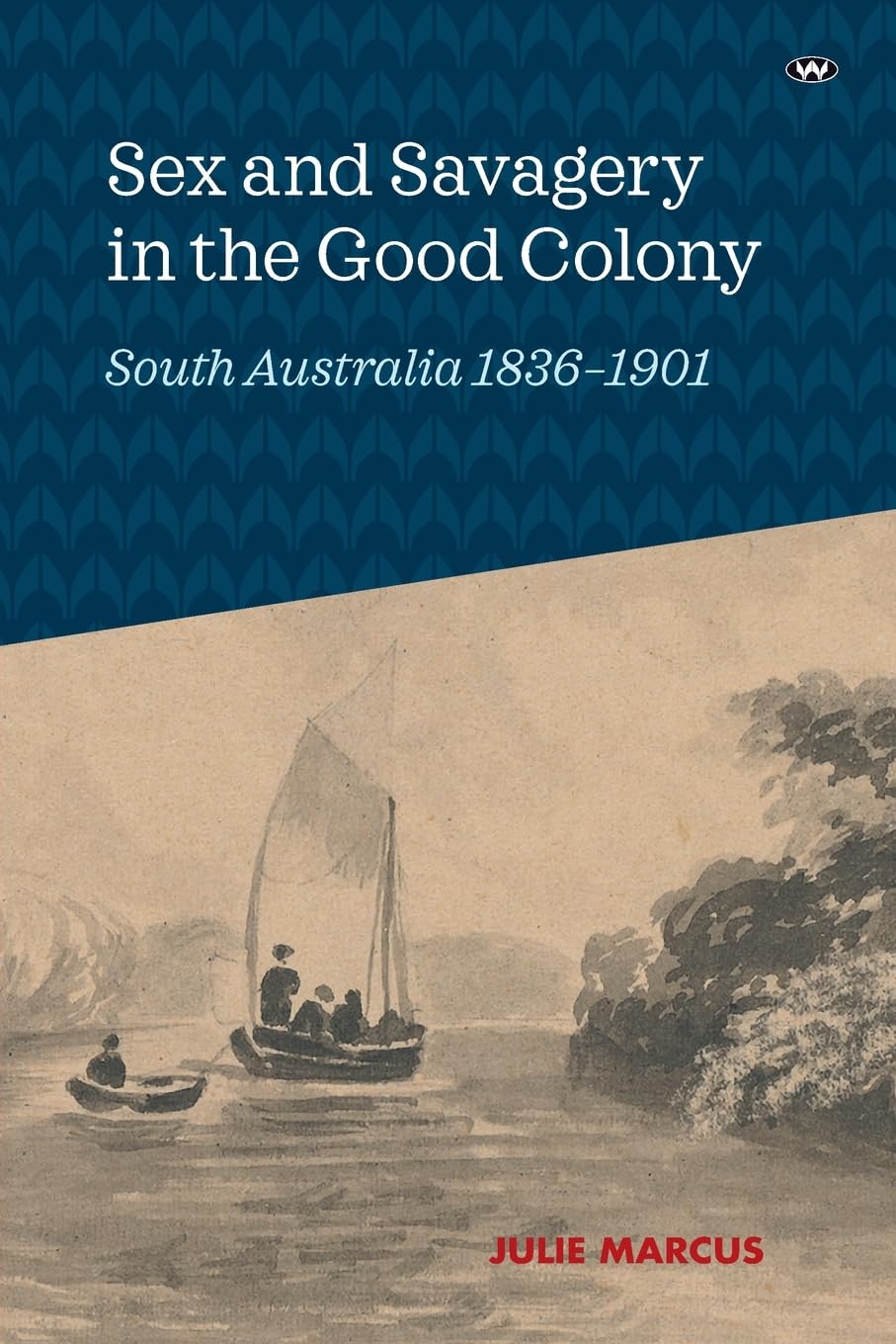
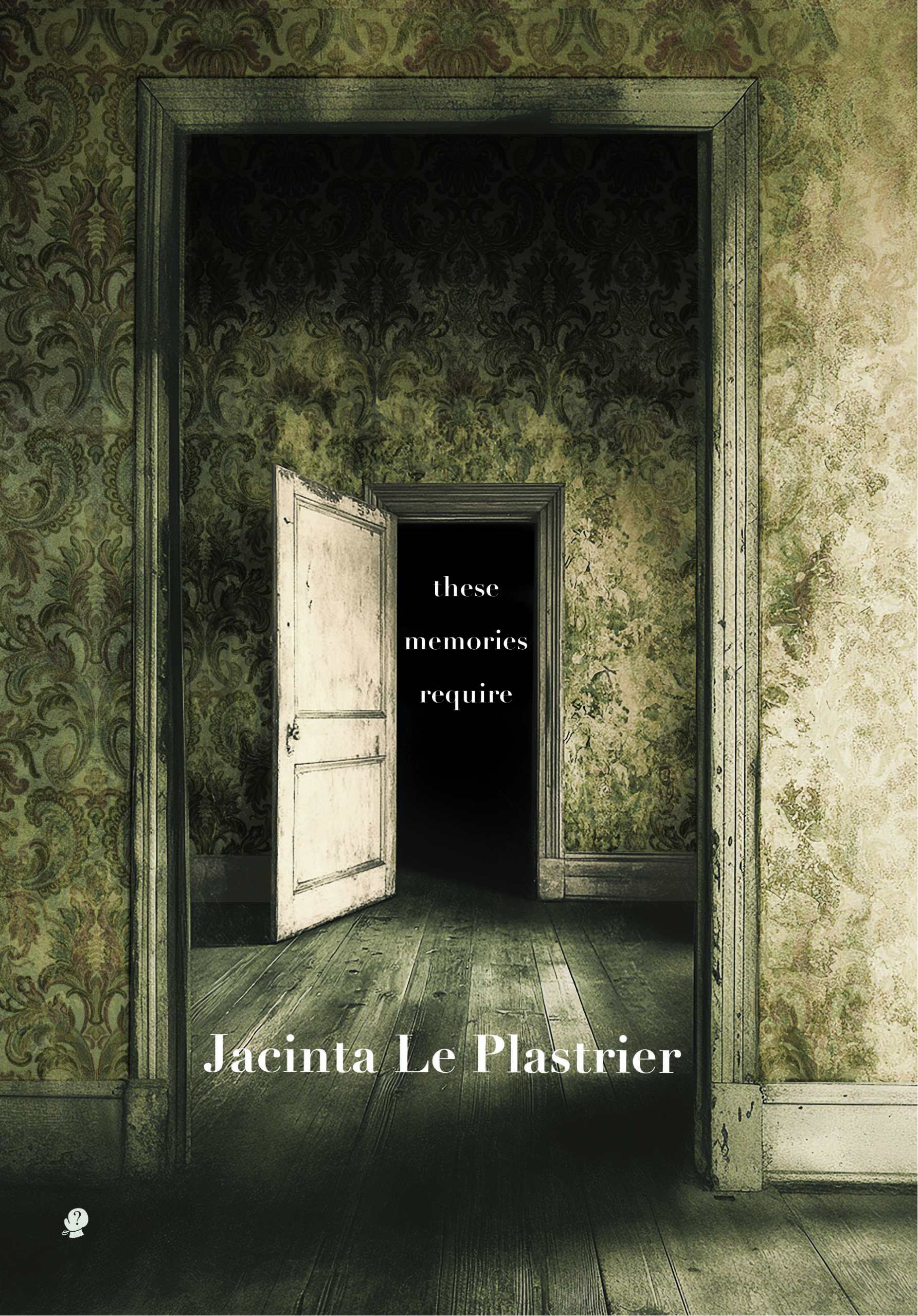
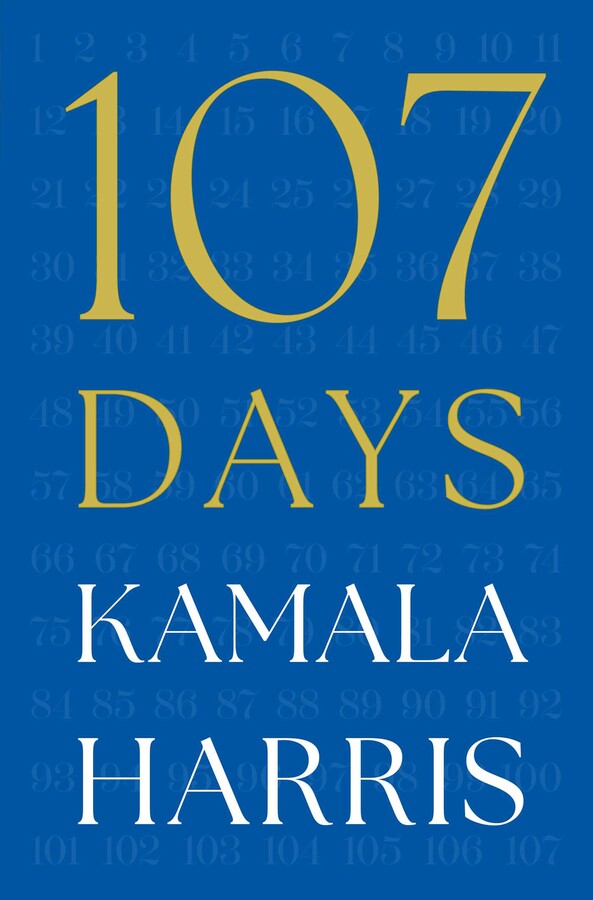

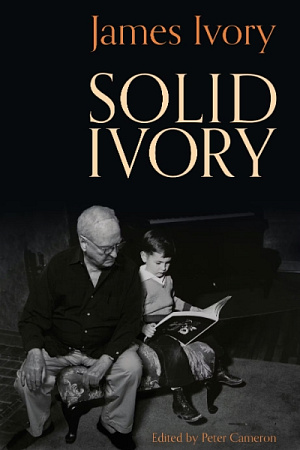
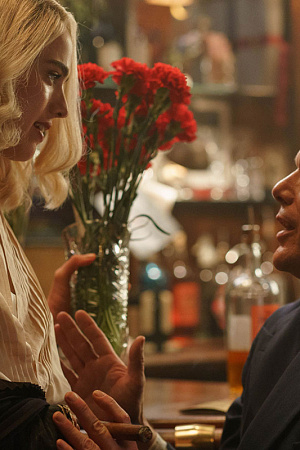
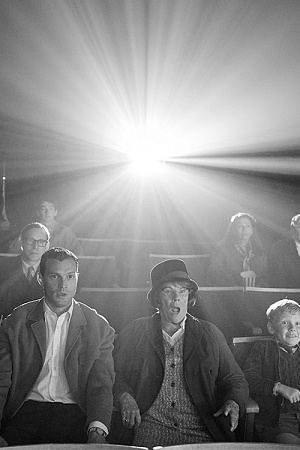
Leave a comment
If you are an ABR subscriber, you will need to sign in to post a comment.
If you have forgotten your sign in details, or if you receive an error message when trying to submit your comment, please email your comment (and the name of the article to which it relates) to ABR Comments. We will review your comment and, subject to approval, we will post it under your name.
Please note that all comments must be approved by ABR and comply with our Terms & Conditions.